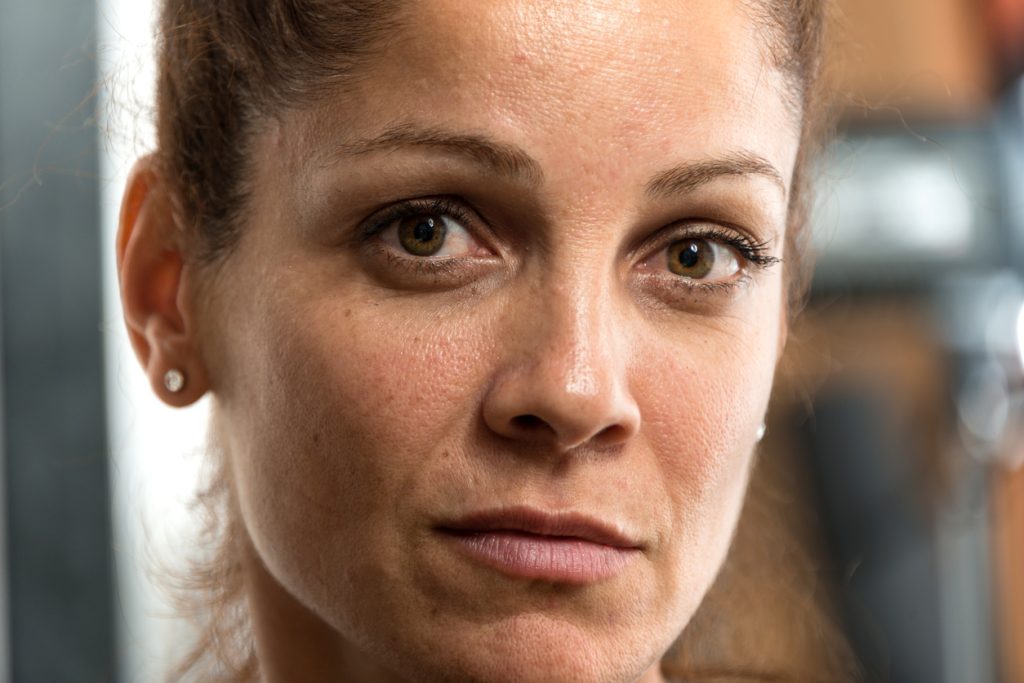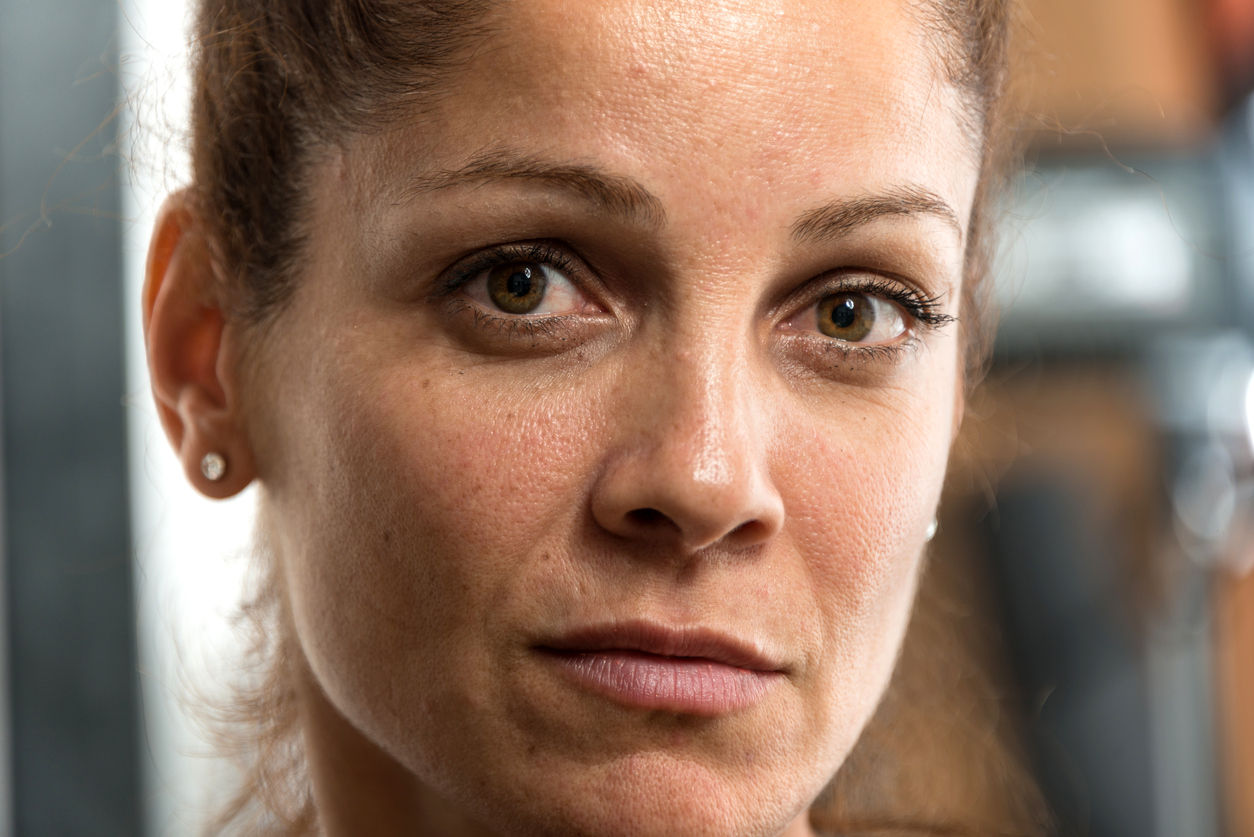Published on January 1, 2018 by Kenneth D. Steinsapir, M.D.
Pores of the face can be a cosmetic concern. You are not alone in looking for treatment to reduce facial pore size. Skin pores are skin openings associated with oil glands and hair follicles. The medical literature states that pores that are larger than about 0.2 to 0.3mm are considered “enlarged.” However, this is subjective business. It is really a matter of what personally bothers you. Pores are not static structures. Skin health plays a role in these structures and their visibility. Environmental factors, including diet, can also affect the appearance of pore size. Not all mechanisms that lead to visually enlarged pores are understood.

Here is what we do understand. Pore size seems to be related to skin oil production. A blackhead is a good example of a very visible pore associated with skin oil. There seems to be something to sebum production and pore enlargement. Some investigators believe that changes in hormone levels associate with ovulation may increase sebum and affect pore size. In males, androgen hormones are associated with increased sebum production. Acne activity can also be associated with scaring in the skin and increased pore size. Other factors associated with increased pore size include aging, sun damage, and smoking.
Not surprisingly, the best pore treatment will depend on the likely cause of increased pore size. General treatment includes smoking cessation which helps preserve skin elastin and reduces inflammation. Sunscreens reduce on going sun damage and should be part of every skin care program. When appropriate, women less than age 35 may consider oral contraceptives to control hormonal fluctuations. Oral contraceptive hormones are also associated with reduced sebum production. Topical retin A is thought to reduce sebum production. While not as powerful as oral isotretinoin (Accutane), it is much better tolerated with far fewer side effects.
One’s skin care program should be chosen to reduce skin irritation and minimize potentially comedogenic products like waxy or oily skin care products that might occlude pores. Alcohol based cleansers can be irritating. It is likely that certain dietary supplements and foods do contribute to sebum production. However there is no consensus regarding these. Listen to your own body and avoid products that you are aware are an issue for your skin.
A variety of laser treatments are reported to improve sebum production. A certain degree of skepticism is reasonable in considering these studies. Many of these studies have design limitations that make it difficult to place great weight in a particular study. The studies are often industry sponsored, have limited numbers of participants, and other issues. Generally nonablative treatments seem to help pore size. This includes treatments like intense pulse light and its variants. These go by a variety of names including Fotofacial. The exact basis for why the pore looks smaller is not understood. For example, Clear and Brilliant from Solta Medical is touted as a pore size reducer but it may work primarily by improving skin color rather than shrinking pore size.
Ablative treatments including traditional erbium and CO2 laser resurfacing are at best neutral on pore size. Chemical peels also seem to be at best neutral on pore size. In the initial healing phase, these treatments can actually make pores look worse so listen careful to what you are being told about a particular service. There is no evidence that microdermabrasion, microneedling, or platelet rich plasma treatments (i.e. vampire facial) improve pore size.
Micro Botox, different than Dr. Steinsapir’s Microdroplet Lift, is also mentioned as a potential treatment for sebum production. The intradermal injections of botox into the skin are thought to relax the smooth muscles associated with the pilosebaceous gland. The claim is interesting but the science behind these claims is not well supported.
In conclusion, sometimes the simple things are best. Don’t smoke. Use sunscreen. Avoid oily skin care products that can plug the skin or overly drying products. When these suggestions don’t seem to get the job done, it is time for a personal consultation with an expert. For a personal plan for to reduce skin pore size, call the office to schedule your consultation with Dr. Steinsapir.
About Dr. Steinsapir
Dr. Steinsapir is a Beverly Hills based oculofacial and cosmetic surgeon. He is board certified in ophthalmology and fellowship trained in his areas of practice. He specializes in balanced facial cosmetic surgery for natural results, with an emphasis on minimally invasive techniques, fast recovery time, and leadership in medical technology. He is internationally known for fixing unsatisfactory prior eyelid surgery. He has authored over 50 scientific papers and 8 book chapters and holds a United States patent for the Microdroplet Lift®. He also serves as an Associate Clinical Professor of Ophthalmology at the Jules Stein Eye Institute, at the David Geffen School of Medicine at UCLA. Contact us today to learn how Dr. Steinsapir can help you achieve your goals.

